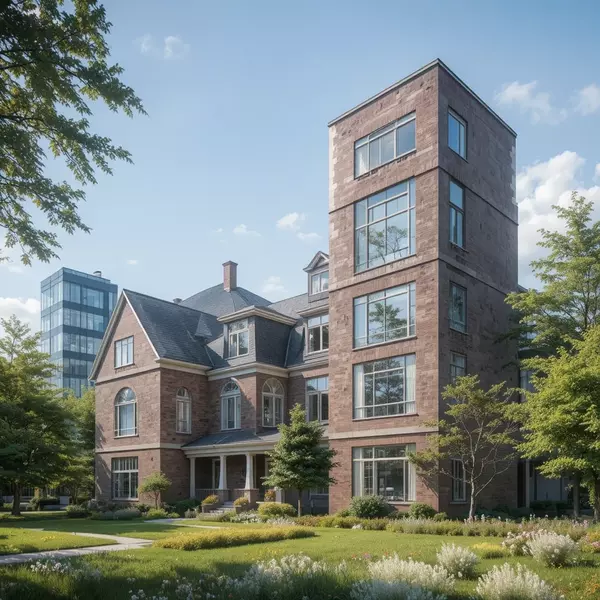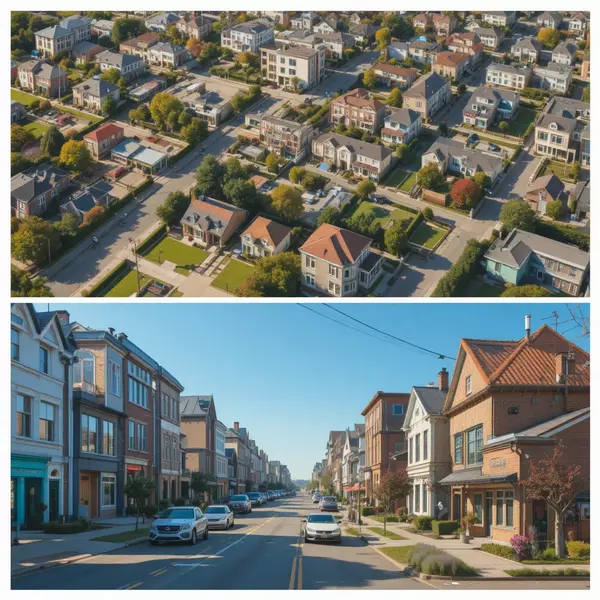Understanding Cash Flow and ROI in Property Investment


Success in property investment is fundamentally measured by two metrics: Cash Flow and Return on Investment (ROI). While both speak to profitability, they address different time horizons and aspects of wealth generation. Cash flow is the immediate, day to day income stream that covers expenses and puts money in your pocket, representing the stability of the investment. ROI, conversely, is the long term, holistic measure of growth, including both income and property appreciation. A strategic investor must clearly understand both to select properties that align with their financial goals, whether they prioritize immediate income or long term wealth accumulation.
Cash Flow is the lifeblood of an investment property. It is calculated by taking the property's gross income (rent) and subtracting all operating expenses, including property taxes, insurance, maintenance, and management fees, before deducting the mortgage payment (debt service). The resulting figure is the net amount the investor receives each month. A positive cash flow ensures the property is self sustaining and provides the investor with passive income, making it a low risk investment. A property that generates strong, consistent cash flow offers financial stability and liquidity, which is crucial for building a durable portfolio.
In contrast, Return on Investment (ROI) is the broader measure of the total return generated by the property relative to the initial cost. ROI encompasses not only the annual rental income but also the property’s capital appreciation the increase in its market value over time. While positive cash flow contributes to ROI, the metric is often heavily skewed by potential appreciation, which is realized only when the property is sold. Investors who focus primarily on ROI often seek properties in rapidly appreciating areas, even if those properties only break even or have slightly negative cash flow in the short term.
The key distinction lies in the trade off between stability and growth. A property with high cash flow (like an older multi unit building in a stable area) is safer and provides instant income, but may see slow appreciation, leading to a moderate overall ROI. Conversely, a property purchased for potential flipping or in a speculative high growth market may have poor or negative cash flow but could deliver a massive ROI if the appreciation projections hold true. The investor's job is to balance the immediate security offered by cash flow against the long term potential offered by appreciation driven ROI.
A particularly useful metric for balancing these two concepts is Cash on Cash Return. This metric directly links the annual cash flow to the actual amount of money an investor initially put into the deal (the down payment, closing costs, and initial repairs). It is calculated by dividing the annual pre tax cash flow by the total cash invested. For instance, if an investor puts in $50,000 and the property generates $5,000 in annual cash flow, the Cash on Cash return is $10\%$. This allows investors to directly compare the performance of different properties based on how efficiently their capital is being used.
Ultimately, understanding both cash flow and ROI is essential for defining and executing a clear investment strategy. If your goal is to replace your active income and achieve financial independence quickly, focusing on high cash flow is paramount. If your goal is to build long term generational wealth and leverage tax advantages, a focus on capital appreciation (ROI) in growth markets may be more suitable. By rigorously analyzing these core metrics and seeking the advice of a qualified real estate professional, investors can make confident, informed decisions that align the property's performance with their specific financial objectives.
Categories
Recent Posts











